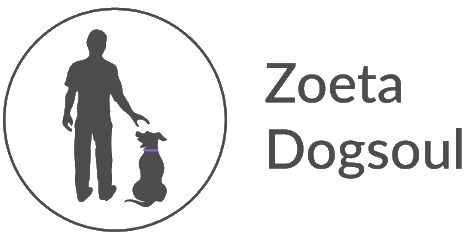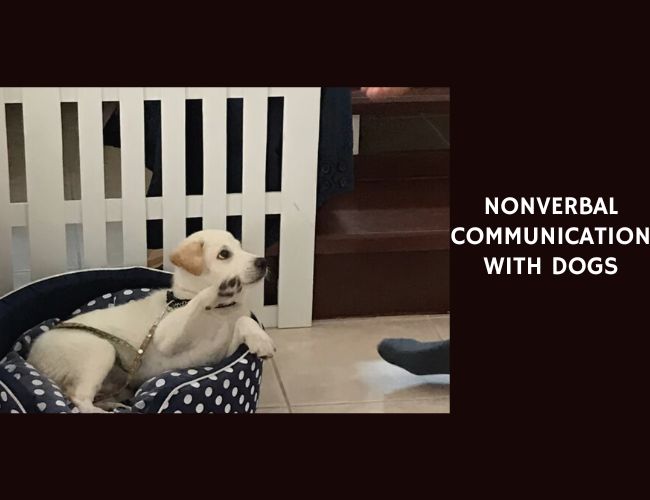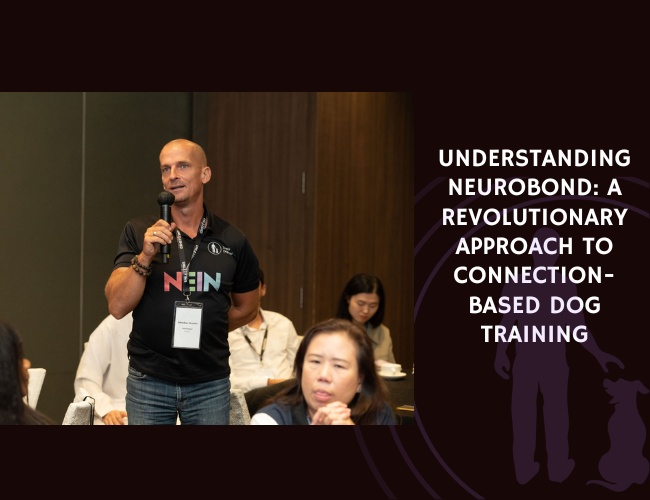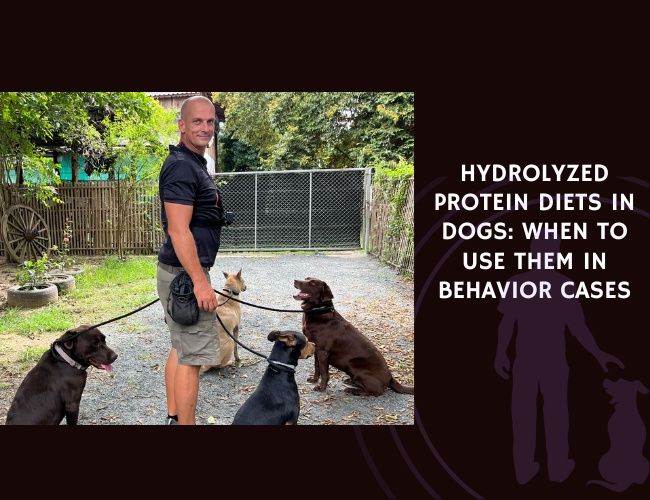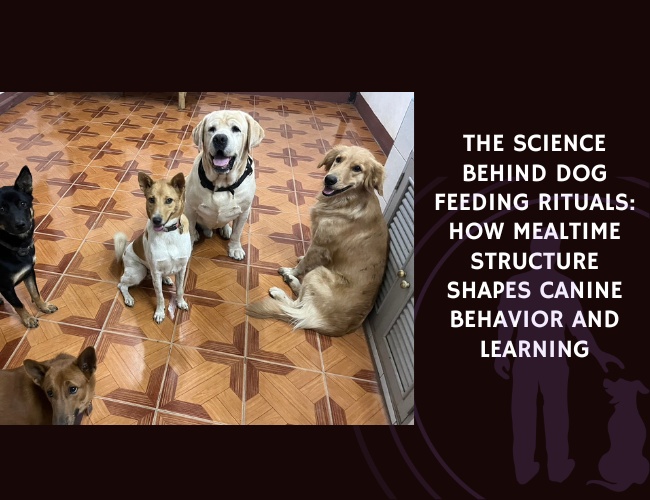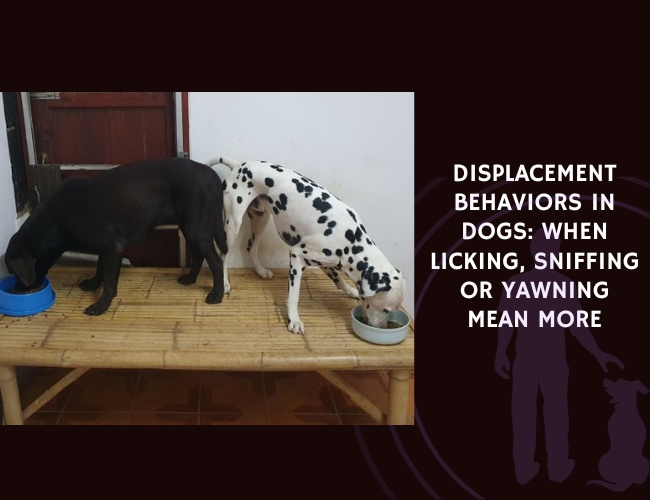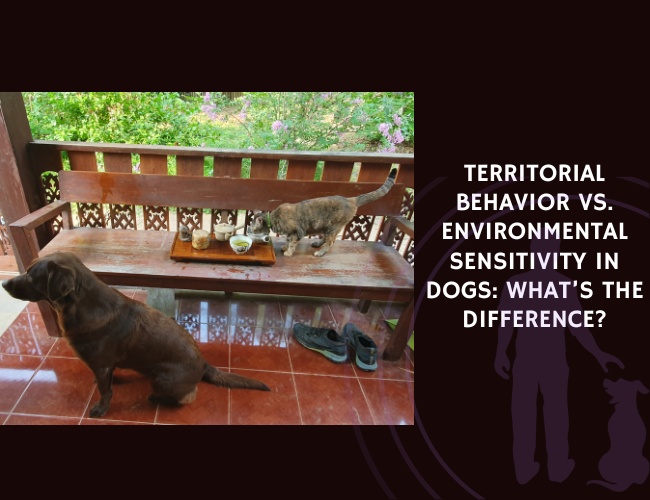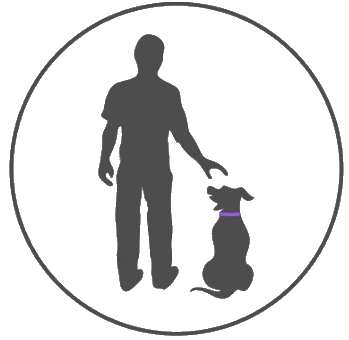Communication is an essential part of our lives, and it’s not just limited to the words we speak. When it comes to our four-legged friends, nonverbal communication takes center stage. It’s a crucial aspect of human-dog interactions, often overlooked, but vital in building trust and understanding each other.
Introduction to Nonverbal Communication with Dogs
Dogs, like humans, communicate most effectively through their body language and facial expressions. These nonverbal cues are a window into their minds, providing insight into their feelings and intentions. Unlike words, which can sometimes be deceptive, body language and facial expressions tend to be more honest and authentic. When a dog wags its tail or shows its belly, it’s expressing genuine emotions that words often fail to capture.
Nonverbal communication with dogs is much more than simply interpreting wagging tails or bared teeth. It’s about understanding the subtleties in their posture, eye contact, ear position, and even the way they carry their tails. It’s these small details that provide the clearest picture of what our canine companions are trying to tell us.
Recognizing and respecting this form of communication can significantly enhance our relationship with dogs. It allows us to understand their needs better, respond appropriately to their signals, and ultimately, foster a stronger bond based on mutual respect and understanding. This understanding goes both ways – while we learn to interpret their signals, dogs are also keen observers of our nonverbal cues, using them to gauge our emotions and intentions.
The authenticity of nonverbal communication cannot be overstated. Body language and facial expressions convey emotions and intentions in their rawest form. Unlike verbal language, these cues are hard to fake consistently over time, making them a reliable source of information. So, next time you interact with your furry friend, pay close attention to what they’re not saying. Their silence might be more telling than you think.
The Authenticity of Nonverbal Communication
Nonverbal communication, particularly in our interactions with dogs, is a world filled with rich information that often remains untouched. This is largely because accurately conveying or deciphering nonverbal cues can be quite challenging. Unlike verbal language, nonverbal cues are subtle and complex, making them incredibly difficult to fake convincingly over an extended period.
Consider our human interactions; we often rely on body language, tone of voice, and facial expressions to get a sense of what someone is truly feeling. Now, imagine trying to mimic these signals without a genuine emotional foundation. It’s tough, right? This difficulty arises from the authenticity nonverbal cues inherently possess. They are spontaneous, unfiltered reflections of our internal state, making them a reliable source of truth.
However, this doesn’t mean that nonverbal communication is always consistent with verbal messages. In fact, inconsistencies between verbal and nonverbal cues can frequently occur, leading to confusion and stress. Suppose you’re saying something positive to your dog, but your body language shows tension or fear. In such instances, dogs are likely to focus more on your body language and ignore your words. This incongruity can result in misunderstanding, causing undue anxiety for both you and your furry friend.
One of the prime examples of this confusion can be seen when people try to discipline their dogs. You might verbally reprimand your pet for a certain behavior while laughing or smiling because you find their antics amusing. But for the dog, this mixed signal—your laughter contradicting your scolding words—is confusing. They may not understand why they’re being punished, leading to stress and potentially more behavioral issues down the line.
In essence, the authenticity of nonverbal communication plays a pivotal role in building a strong, clear communication channel with our dogs. By understanding this, we can start to pay more attention to our body language and facial expressions, ensuring they align with our verbal messages. This alignment not only helps us communicate more effectively with our pets, but it also aids in fostering a more trusting and stress-free relationship.
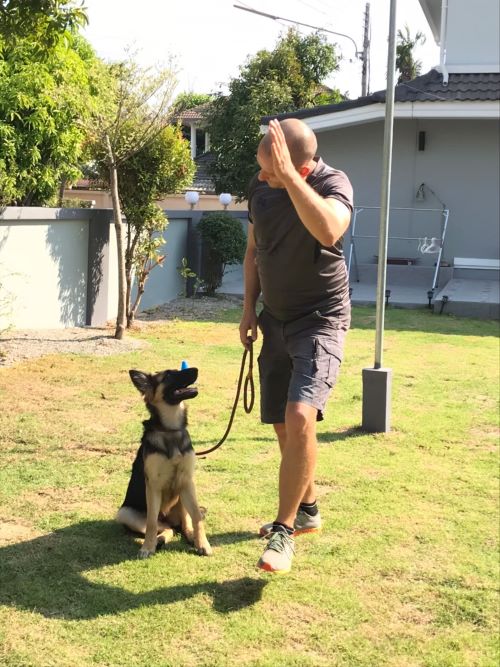
Dogs’ Sensitivity to Nonverbal Cues
Imagine a scenario where you are trying to mask your emotions, maybe you have had a bad day and you don’t want your furry friend to catch on. You put on a smile, speak in a cheerful tone, but guess what? Your dog might just see right through it! This is because dogs are incredibly perceptive to nonverbal cues.
Decoding Inconsistencies in Human Communication
Dogs, as man’s best friend, have evolved to be keenly sensitive to the emotional states of their human companions. They can detect inconsistencies between verbal messages and nonverbal language. If, for instance, you tell your dog “Good boy!” but your body language, facial expression, or tone of voice conveys frustration or annoyance, your dog might become confused or anxious. The reason is simple: nonverbal cues often carry more weight than words for dogs. After all, they don’t understand English or any other human language the way we do. Instead, they pick up on the emotional content of our messages, primarily conveyed through nonverbal means.
The Keen Perception Skills of Dogs
To illustrate, consider a situation where a person feigns friendliness towards a dog, but inwardly feels anger. Even without understanding the human’s internal emotional state, dogs can sense this inconsistency. They may observe the tension in the person’s body, the stiffness of their movements, or the forced quality of their smile. Dogs also rely heavily on their acute sense of smell. Changes in a person’s body odor, driven by emotional states, could alert the dog to underlying hostility.
This keen perception in dogs is not only a testament to their intelligence but also a survival mechanism honed over thousands of years of domestication. It has allowed them to live in close quarters with humans, understanding our moods and responding appropriately. The ability to decode nonverbal cues is thus integral to a dog’s social intelligence, fostering stronger and more harmonious relationships with their human families.
As we delve deeper into the world of canine communication, it becomes apparent how crucial it is for us, as pet owners and dog lovers, to be mindful of our nonverbal signals. Our dogs are always watching, always learning, and always trying to understand us better. Hence, maintaining consistency between our verbal and nonverbal messages is key to building trust and understanding with our canine companions.
The Evolution of Canine Nonverbal Communication
Over the centuries, dogs have learned to communicate more effectively with their human companions. This has been a gradual process, shaped by evolution and our shared history. Dogs, being astoundingly adaptable creatures, have honed their nonverbal communication skills to ensure their needs are met and their messages understood. Just as we humans have shaped dogs through selective breeding, dogs too have shaped us, teaching us to understand their gestures, expressions, and actions.
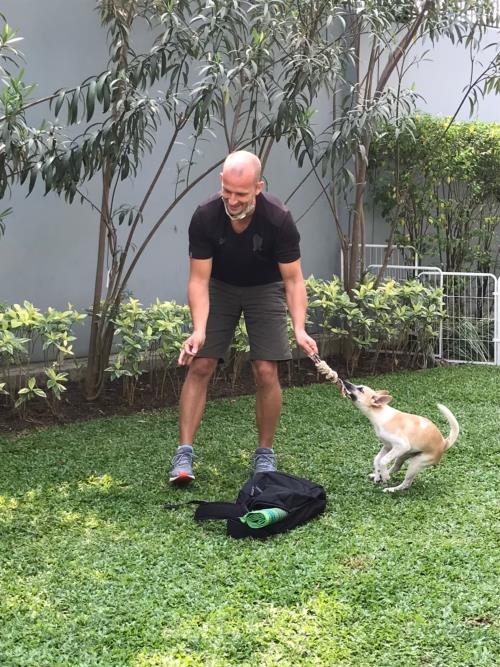
Adapting Behaviors for Human Comprehension
Dogs have evolved several specific behaviors to communicate better with us. One such behavior is their uncanny ability to copy human smiles. While it may seem like a cute trick, this imitation serves a deeper purpose. By mimicking our expressions, dogs bridge the gap between species, translating their emotions into a language we can understand. When your furry friend flashes you a grin, it’s their way of saying they’re happy and content.
Another intriguing development in canine communication is their ability to associate our words with specific actions. This is not merely about learning commands. Many dogs can understand the context in which a word is used, recognizing variations in tone, volume, and even body language that accompany it. For instance, the excited utterance of ‘walk’ is often associated with joyous anticipation, while a firm ‘stay’ conveys a command to remain still. Dogs learn to connect these verbal cues with the physical actions they represent, thereby enhancing their understanding of our intentions.
The Power of Imitation
Imitation is a powerful tool in a dog’s communication arsenal. It’s not just limited to smiles or responding to commands. Dogs often mirror our behaviors, actions, and even our moods, reflecting our excitement or calmness. This mirroring is a form of sophisticated nonverbal communication, demonstrating empathy and understanding. It shows that dogs are keen observers and active participants in our lives, constantly learning, adapting, and communicating in ways that resonate with us.
By understanding how dogs have evolved their behaviors to communicate with us, we can better appreciate the depth of our bond with them. It also helps us to respect their efforts and respond more effectively to their nonverbal cues. Remember, every wag, every whimper, every raised paw is part of their rich communicative repertoire. And each one offers us a glimpse into their thoughts and feelings, strengthening our connection with these incredible companions.
Unique Abilities in Canine Nonverbal Communication
As we delve deeper into the realm of canine communication, it’s impossible to overlook some truly remarkable abilities dogs possess. One such ability is known as “fast mapping”. Originally coined in the context of language acquisition in children, fast mapping refers to the process by which a new concept is quickly and accurately linked with a word after only a brief encounter.
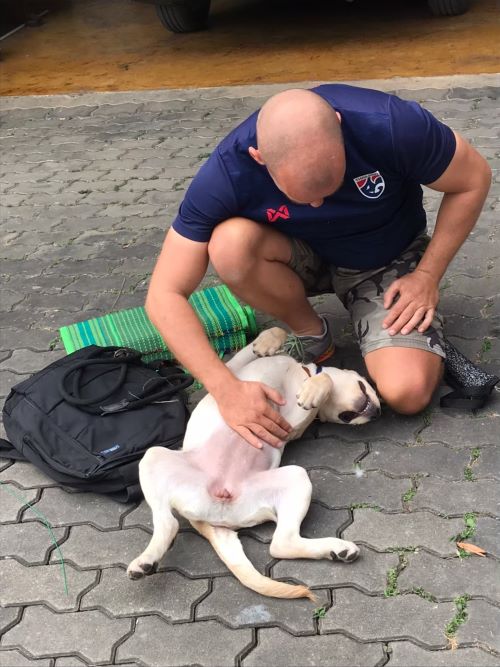
“Fast Mapping” and Its Demonstration in Dogs
Dogs, surprisingly, have demonstrated this sophisticated cognitive skill too. The most famous example comes from a Border Collie named Rico. Researchers found that Rico could learn the names of over 200 objects and retrieve them on command. He was able to associate a new object with a name after just one exposure – a stark demonstration of fast mapping in canines. This ability not only showcases dogs’ impressive cognitive skills but also highlights their capacity to understand human verbal communication beyond simple commands.
Dog’s Ability to Replicate Human Movements
Another intriguing aspect of canine nonverbal communication lies in their ability to reproduce human movements. You may have seen dogs shaking their heads in agreement, nodding off to sleep, or even rolling their eyes! It turns out; this isn’t mere coincidence or anthropomorphism. Dogs can indeed mimic our actions, further strengthening their bond with us.
Scientific studies back this up. In one experiment, dogs watched a person either using their head or hands to open a container. Later, the dogs imitated the human action they had observed to access the container themselves. Such findings imply that dogs possess a form of ‘action understanding’ that allows them to decode and replicate human gestures. This capability highlights dogs’ keen observational skills and their knack for nonverbal communication.
Performing Complex Actions
Dogs’ nonverbal communication prowess extends to performing complex actions too, which often astounds their human companions. From fetching specific items to navigating obstacle courses, dogs continually demonstrate their ability to understand and respond to nonverbal cues effectively. Some dogs have even been trained to respond to sign language or visual signals, showcasing their outstanding nonverbal comprehension.
In a nutshell, dogs are far more than just man’s best friend. They’re skilled communicators, capable of understanding and responding to both verbal and nonverbal cues in ways that continue to surprise and impress us. By appreciating these unique abilities, we can enrich our interactions with our canine companions, fostering a deeper mutual understanding and a stronger bond.
Comparisons to Other Animals
While dogs are known for their remarkable ability to understand nonverbal communication, how do they stack up against other animals? Specifically, let’s juxtapose their skills with those of chimpanzees and gorillas, our closest primate relatives. These primates are renowned for their cognitive abilities, including their capacity to interpret nonverbal signals. Yet, you might be surprised by the findings.
Canine vs Primate Nonverbal Communication
Chimpanzees and gorillas possess sophisticated nonverbal communication skills, using a wide range of facial expressions, body postures, and gestures to convey messages to their peers. However, their interaction with humans is vastly different from that of dogs. This divergence boils down to their respective evolutionary paths. Unlike chimps and gorillas, domestic dogs have spent thousands of years evolving alongside humans. This co-evolution has honed their ability to read and respond to human nonverbal cues in ways that even our closest primate relatives can’t match.
Studies have demonstrated that dogs can follow human pointing gestures, something that apes struggle with. Dogs also excel at reading human emotions from facial expressions, a skill that is less developed in primates. Hence, while chimpanzees and gorillas may excel in intra-species nonverbal communication, dogs seem to outperform them when it comes to understanding human nonverbal cues.
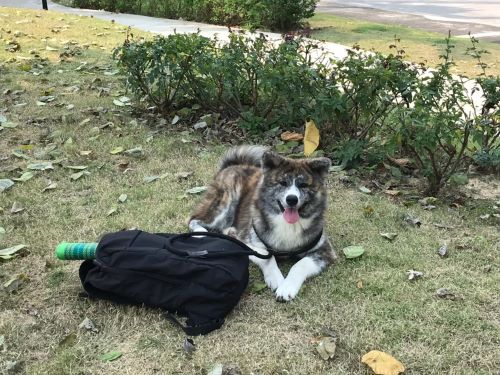
Miklosi’s Research on Human-Dog Relationship
Renowned ethologist Ádám Miklósi has conducted extensive research into the human-dog relationship, further illuminating dogs’ exceptional nonverbal communication skills. Miklósi’s studies revealed that dogs can not only recognize human emotions through facial expressions but can also adjust their behavior in response. This level of social cognition is rare in the animal kingdom and underscores the unique bond between dogs and humans.
Miklósi’s research also found that dogs use eye contact to engage with humans, an uncommon trait among animals. In fact, dogs are one of the few species that seek out and maintain eye contact with humans, demonstrating an understanding of its communicative value. This research emphasizes that our canine friends are finely attuned to our nonverbal cues, often more so than other animals.
In essence, dogs’ nonverbal communication skills are remarkably advanced, particularly when compared to other animals. While chimpanzees and gorillas show impressive capabilities within their own species, dogs stand out for their ability to understand and respond to human nonverbal cues. This extraordinary skillset is part of what makes dogs such effective companions, service animals, and emotional support providers. It also reminds us of the importance of paying close attention to our own nonverbal signals when interacting with dogs, as they’re likely picking up on more than we realize.
Conclusion: Unleashing the Power of Nonverbal Communication
Throughout this exploration, we have delved into the fascinating world of canine nonverbal communication, highlighting its authenticity and the sensitivity of dogs to these cues. Dogs, with their evolved behaviors and unique abilities such as fast mapping, showcase an amazing capacity for understanding and responding to nonverbal signals. This intricate mode of communication underscores the depth of the bond between humans and dogs, one that has been developed and nurtured over thousands of years.
Respecting and understanding these subtle signs is crucial not just for our pets’ emotional well-being but also for fostering stronger and healthier relationships with them. When we truly comprehend what our furry friends are trying to convey through their body language and facial expressions, we can respond more effectively and empathetically. We can assuage their fears, share in their joys, and create a comforting environment where they feel understood and loved.
Applying this knowledge in our everyday interactions with dogs can dramatically enhance our rapport with them. For instance, acknowledging a dog’s wagging tail as a sign of happiness or recognizing a lowered head and flattened ears as indications of stress or fear can enable us to react appropriately. Such understanding can prevent mishaps, alleviate misunderstandings, and encourage positive behavior.
Furthermore, a keen understanding of nonverbal communication can aid in training efforts. By noticing subtle shifts in a dog’s demeanor or movement, we can adjust our training methods to better suit their mood and responses. This makes the training process more efficient and enjoyable for both parties involved.

To conclude, the power of nonverbal communication with dogs is immense. It is a portal into their thoughts and emotions, offering us a chance to understand them on a deeper level. So, let’s embrace this knowledge, apply it consciously in our interactions, and unlock a new dimension of companionship with our beloved four-legged friends.
Having explored the complex world of canine nonverbal communication, it’s time to put that knowledge into action. Our understanding of dogs’ body language and facial expressions can significantly enhance our interactions with them. This is not just about interpreting their signals; we must also be aware of our own nonverbal cues and how dogs perceive them.
Observe Your Dog Intentionally
The first step towards mastering nonverbal communication with dogs is observation. Spend some quality time with your furry friend, observing their behavior in different settings and situations. Pay close attention to their body posture, tail movement, ears, eyes, and even their facial expressions. Try to identify patterns and link them to specific emotions or reactions. For example, if you notice that your dog’s tail is wagging rapidly and their body is relaxed, it usually indicates happiness or excitement. On the other hand, if their ears are flattened against their head and their body is tense, it may indicate fear or anxiety.
Once you have observed and understood your dog’s nonverbal cues, it’s important to respond appropriately. For example, if your dog is displaying signs of fear or anxiety, such as cowering or avoiding eye contact, it’s important to approach them calmly and avoid any sudden movements that may further frighten them. Instead, try to create a safe and comforting environment for them.
Additionally, be mindful of your own body language when communicating with your dog. Dogs are highly perceptive to human nonverbal cues, so it’s important to be aware of your own posture, facial expressions, and tone of voice. Using a calm and soothing tone can help reassure your dog, while a loud or aggressive tone may cause them to become defensive or fearful.
Remember that every dog is unique, and their nonverbal communication may vary. It’s essential to build a strong bond with your furry friend and develop an understanding of their individual signals and behaviors. Through consistent observation and appropriate responses, you can enhance your communication skills and strengthen your relationship with your dog.
